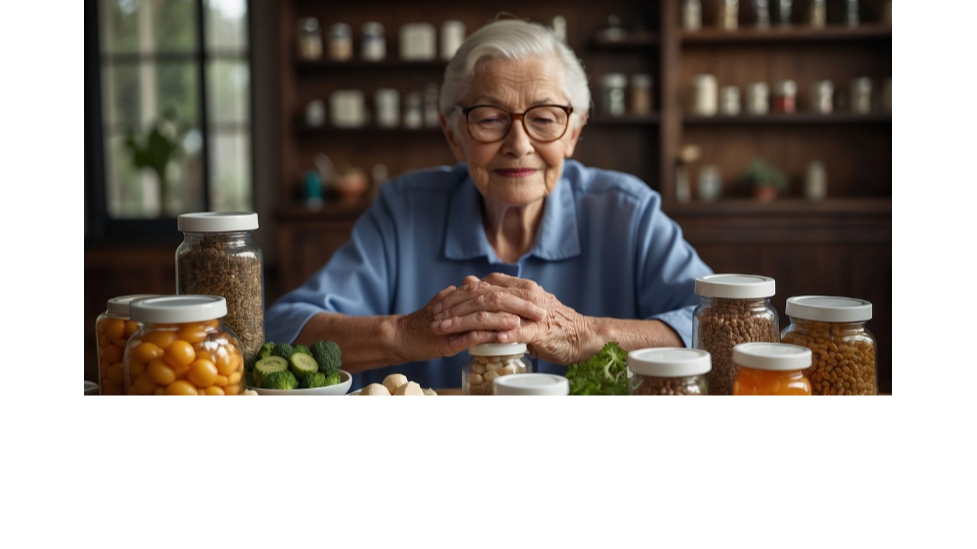Learn The Signs Of Anemia In The Elderly In This Health Management Guide
Want to learn how to identify and manage anemia in older adults? Valleant’s guide has all the essential information you need for yourself and your loved ones.

As we age, the risk of anemia increases, with the highest rates seen in the very elderly population. Therefore, understanding the signs, causes, and treatment options is crucial to maintaining a high quality of life. Whether you’re managing your own health or caring for a relative, Valleant’s guide has all the information you need to take proactive steps toward better health management.
Read How To Cure Anemia In The Elderly: Effective Strategies For Health Management now at https://valleant.com/how-to-cure-anemia-in-elderly-effective-strategies-for-health-management/
The Rising Prevalence Of Anemia With Age
According to the American Society of Hematology (ASH), 11.0% of men and 10.2% of women aged 65 and older are affected by anemia. Its prevalence rapidly increases with age, reaching over 20% at age 85 and older.
So, What Causes Anemia In The Elderly?
Characterized by low red blood cell levels, anemia in elderly people is often associated with chronic diseases, caused by nutritional deficiencies (iron, vitamin B12, and folate), or gastrointestinal bleeding from the long-term use of medications such as aspirin, explains Valleant. Its symptoms include fatigue, weakness, dizziness, and shortness of breath.
How Anemia Affects Cognitive Health In Seniors
Elderly people may also experience cognitive effects, notably concentration difficulties, memory impairment, and slower processing speed. These symptoms can be mistaken for age-related dementia—a condition that anemia has been linked to an increased risk of developing. Therefore, How To Cure Anemia emphasizes the importance of recognizing the signs and seeking prompt intervention.
Valleant goes on to outline the diagnostic procedure for suspected anemia, beginning with a complete blood count (CBC) test to measure the number of red blood cells, hemoglobin, and hematocrit. It explains that additional serum ferritin and vitamin level tests may be ordered and that a bone marrow examination may be necessary for some patients.
The main medical treatments described in How To Cure Anemia are iron and vitamin supplements, erythropoiesis-stimulating agents (ESAs) for anemia of chronic disease (ACD), and blood transfusions for severe cases. Additionally, bone marrow therapy is used for aplastic anemia, occurring when the bone marrow does not produce enough red blood cells. The guide also addresses the potential of emerging treatments - HIF-PH Inhibitors and gene therapy, currently undergoing clinical trials.
Diet & Lifestyle Recommendations
Alongside clinical care, and as a preventative measure, elderly people need to include enough iron in their diet. Valleant suggests you incorporate 2-3 servings of red meat and 3-4 servings of legumes per week as iron sources. It also recommends the daily consumption of dairy products and fortified foods for vitamin B12, as well as leafy greens and citrus fruits for folate and vitamin C to help with iron absorption.
Furthermore, the guide highlights how walking, swimming, yoga, Tai Chi, and other forms of gentle exercise, can improve your appetite, energy levels, and oxygen delivery. The author stresses the importance of collaborating with a healthcare provider to develop a nutrition and activity plan that aligns with your needs and capabilities.
Don’t let anemia go unnoticed. Read How To Cure Anemia by Valleant now to make a positive impact on your well-being and that of those you care for.
Take a look at https://valleant.com/how-to-cure-anemia-in-elderly-effective-strategies-for-health-management/
{video_pr:link}

